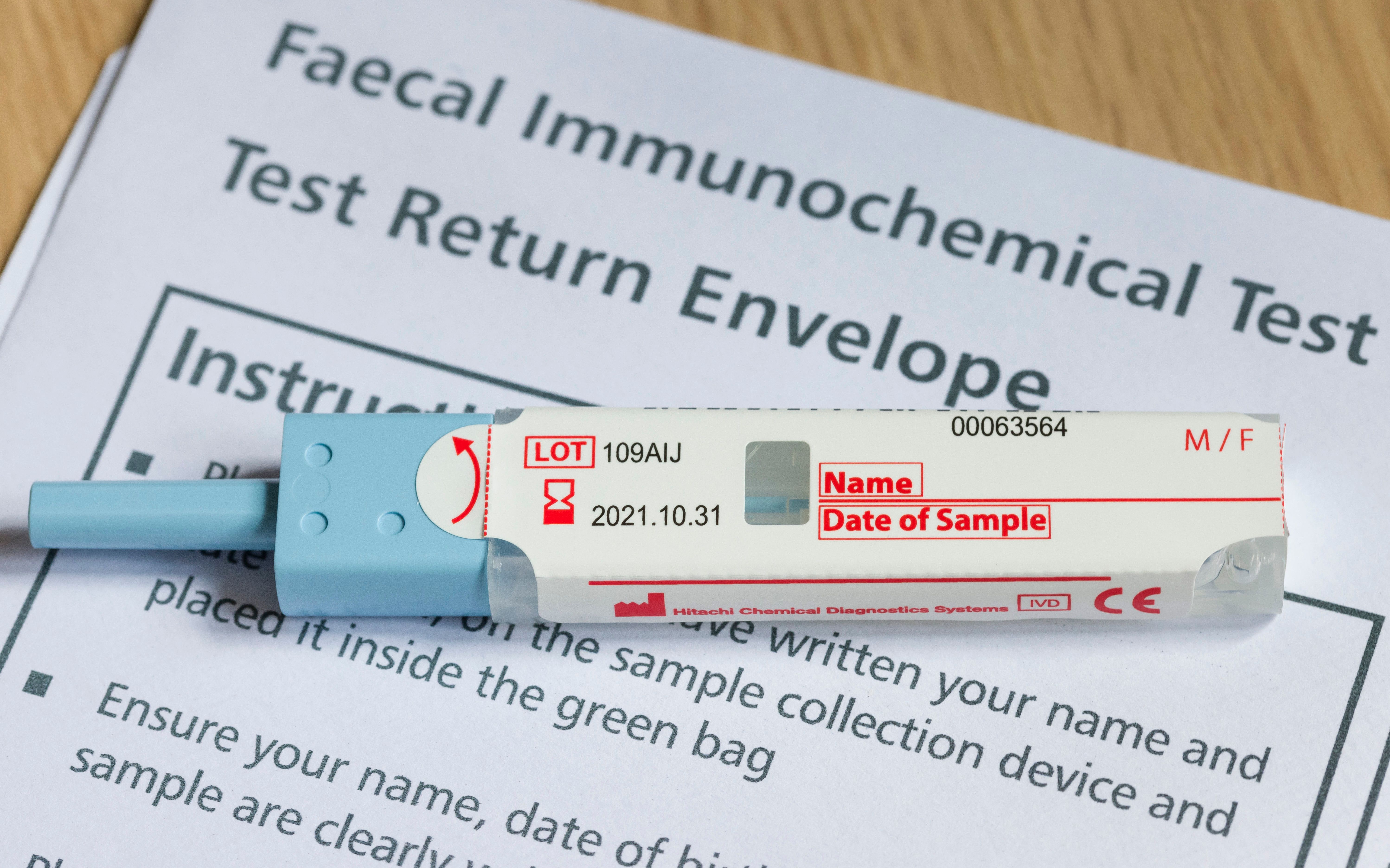Article
Industry Can Help Stem Tide of Opioid Addiction
Author(s):
Despite increased regulations and millions in drug distributor and pharmacy fines, opioid addiction continues to kill more than 33,000 people in the US each year. Opioid overdoses have quadrupled since 1999, according to the CDC. Payers and providers should be doing their parts to stem this tragic epidemic by examining claims data more closely.
A new survey from NPR-Truven Health Analytics shows that 57% of respondents have been prescribed a narcotic painkiller at some point in their history. That might not be surprising in itself, but the percentage continues to increase, up from 54% in a 2014 survey and 50% in the 2011.
Two days before the survey was released, Maryland’s governor declared a state of emergency and committed an additional $50 million toward enforcement, prevention and treatment over the next 5 years. State statistics show that heroin and fentanyl alone killed 1468 in Maryland during the first 9 months of 2016, a jump of 62% from the same period in 2015. Maryland isn’t the first state—and likely won’t be the last—to take such drastic measures to try and curb opioid addiction.
Opioid addiction is notoriously hard to kick, leading to frequent relapses. So it’s encouraging that major insurers such as Aetna, Anthem and Cigna have all recently dropped prior authorization requirements for physicians to prescribe medications used to ease withdrawal symptoms, which are frequently prescribed along with counseling.
A recent study by Johns Hopkins University published in the journal Addiction demonstrates the continuing cycle of addiction. The study showed that nearly half of patients receiving a common anti-addiction medication also filled at least 1 prescription for opioids. It’s unclear whether patients were taking the drugs or passing (or selling) them to others.
The study also indicated that patients were taking buprenorphine for an average of 55 days, a much shorter period of time than many experts believe is necessary for patients to successfully wean themselves from opioids. So it’s not surprising that two-third of patients returned to taking opioids after quitting the anti-addiction medication.
Fines, settlements for not doing more
In the past few months, several major pharmaceutical distributors have agreed to pay more than $200 million in settlement claims to the Drug Enforcement Administration after failing to report suspicious orders.
McKesson Corp. was hit with a $150 million fine, while Cardinal Health agreed to pay $44 million as part of a federal settlement. Cardinal Health and AmerisourceBergen also agreed to pay West Virginia $20 million and $26 million, respectively, to settle claims related to distribution practices in the state.
Two pharmacy chains doing business in Massachusetts will pay nearly $1 million to settle claims over dispensing procedures for opioids. Attorney General Maura Healey has been getting touch on procedural lapses that can let opioids fall into the wrong hands. CVS Health Corp. agreed to a $795,000 settlement over past lapses, including providing insufficient access to the state’s Prescription Monitoring Program at certain locations.
Walgreens reached a $200,000 settlement with the state in January related to procedures for dispensing opioids. An investigation by Healey’s office uncovered failure by some pharmacies to monitor drug use patterns for patients and a lack of professional judgment at others related to dispensing patterns for controlled substances, including opioids.
If you didn’t realize it before, it should be crystal clear now that federal and state agencies are concerned about the rising epidemic of opioid addiction and are wielding the heavy hand of the law to make sure companies are in compliance.
Every health plan, every health system and every provider should be closely scrutinizing their policies regarding the prescribing and dispensing of opioids. Analyzing claims data is an effective way to determine who is using opioids, who is prescribing them and where those prescriptions are being filled. Armed with that information, you can see whether there are any outliers within your claims.
This isn’t to say that no one should be prescribed an opioid. There are instances where it is the most effective treatment following surgery or for acute or chronic pain. But no one wants to be responsible for a drug overdose and no company that wants to stay in business wants to be on the wrong end of an enforcement action.
You already should have tools at your disposal to protect your policyholders, your patients and your clients from adverse outcomes—physical and financial—stemming from opioid abuse.
Newsletter
Stay ahead of policy, cost, and value—subscribe to AJMC for expert insights at the intersection of clinical care and health economics.




